Night Time Photography
Unveiling the Beauty: Captivating Night Time Photography Techniques
Night time photography is a captivating genre that allows photographers to capture stunning images after the sun goes down. I’ve always found it so fascinating! The beauty of the night sky, city lights, and unique perspectives offered during nighttime present endless opportunities for creativity and artistic expression.
I am a participant in the Amazon Services LLC Associates Program, an affiliate advertising program designed to provide a means for me to earn fees by linking to Amazon.com and related sites. This post may contain affiliate links, which means I may receive a commission, at no cost to you, for purchases made using my links. Please see my disclosure to learn more.
Let’s explore the world of night time photography, from its definition to essential techniques and editing tips.
What is night time photography?
Night time photography involves capturing images in low-light conditions, typically after sunset or before sunrise. It challenges photographers to work with limited available light sources and requires a good understanding of camera settings, composition, and exposure. By embracing the darkness, photographers can unlock a realm of visual possibilities that are often overlooked during daylight hours.
Importance of night time photography
Photographing at night offers a range of benefits for photographers. It allows for the creation of breathtaking images that showcase the unique ambiance and atmosphere of nighttime scenes. The contrast between light and dark, the interplay of shadows, and the vibrant colors that emerge in artificial lighting all contribute to the allure of nighttime photography. Additionally, capturing the stars, moon, and celestial events like meteor showers can be a rewarding experience that connects us to the vastness of the universe.
Gear and Equipment
To excel in night photography, having the right gear and equipment is crucial. Here are some essentials to consider:
- Camera: Choose a camera with manual controls, good low-light performance, and the ability to shoot in RAW format.
- Lens: Opt for a wide-angle lens with a wide maximum aperture, allowing more light to reach the camera’s sensor.
- Tripod: A sturdy tripod is essential for long exposures and sharp images, as it eliminates camera shake.
- Remote Shutter Release: This handy tool enables you to trigger the camera without physically touching it, reducing the risk of vibrations.
Best Camera
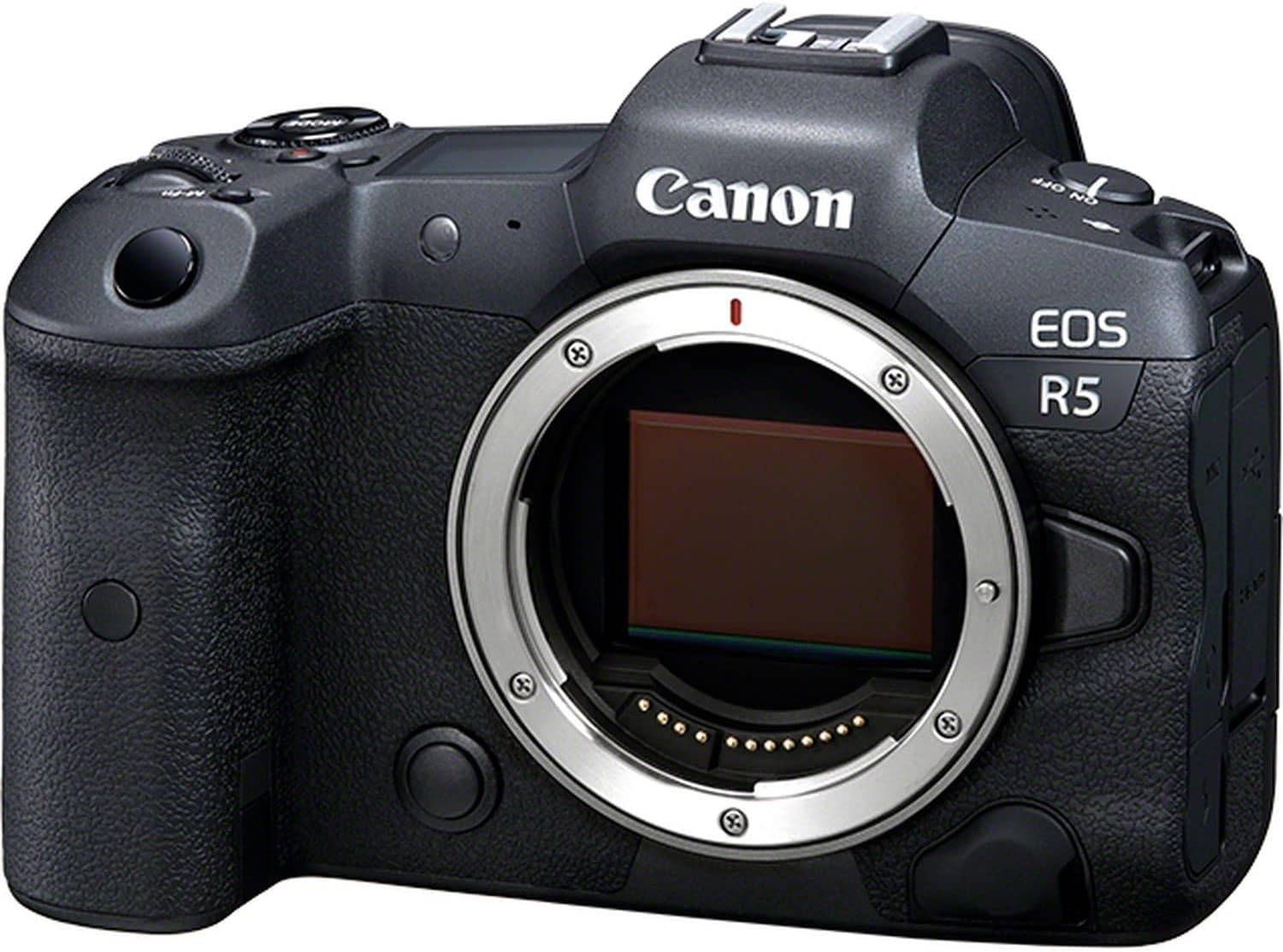
Canon EOS R5 Full-Frame Mirrorless Camera
Best Lens
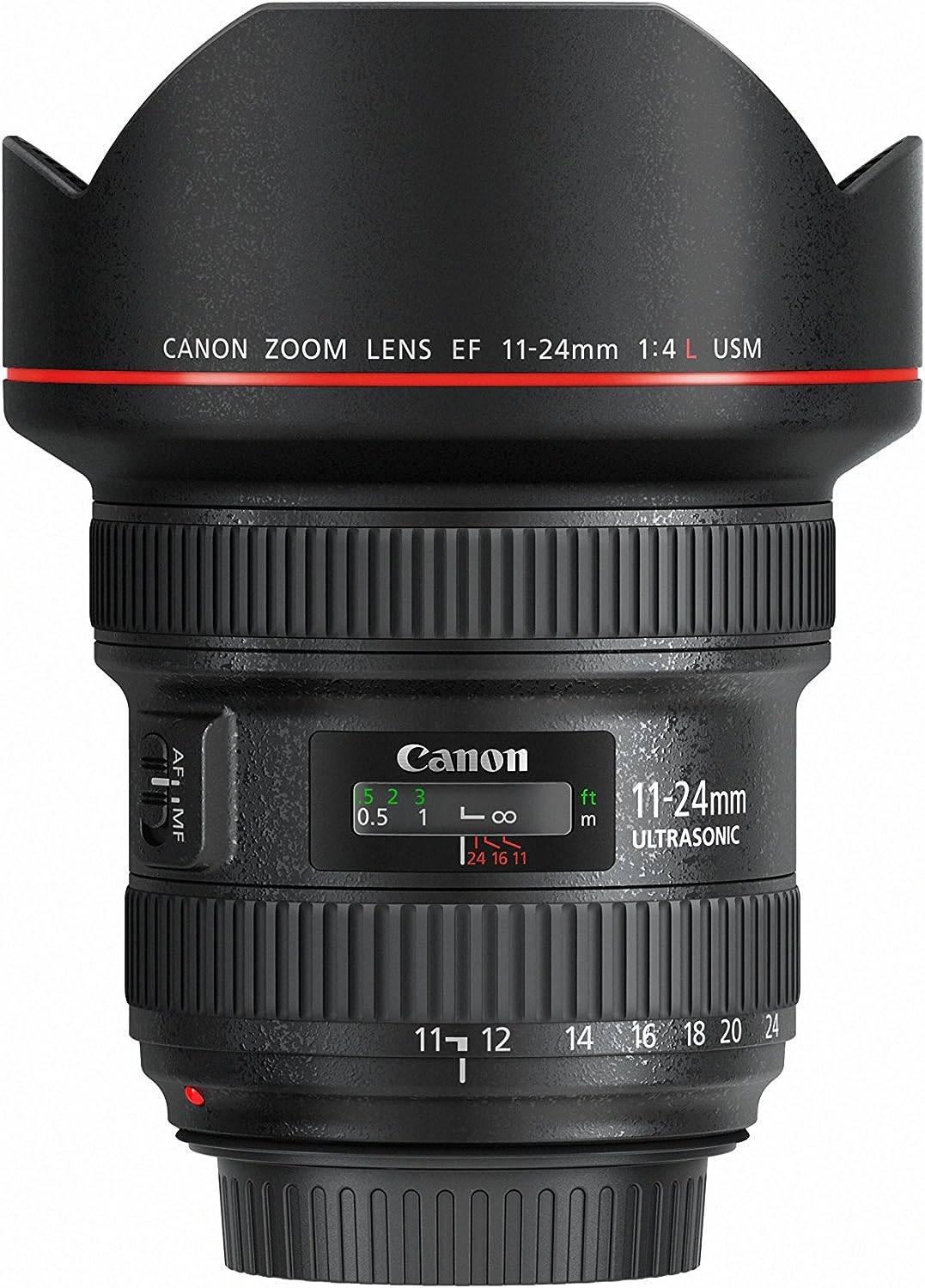
Canon EF 11-24mm f/4L USM Lens
Night Photography Settings
When shooting at night, understanding and adjusting your camera settings appropriately is key to achieving stunning results. Pay attention to the following settings:
- ISO: Start with a low ISO (e.g., ISO 100) to minimize digital noise and increase it gradually if needed.
- Aperture: Choose a wide aperture (low f-number) to allow more light into the camera.
- Shutter Speed: Longer exposures are often necessary for night photography, so experiment with slower shutter speeds to capture light trails, starry skies, or smooth water effects.
- Focusing: Use manual focus or focus on a distant light source, then switch to manual focus mode to ensure precise focus.
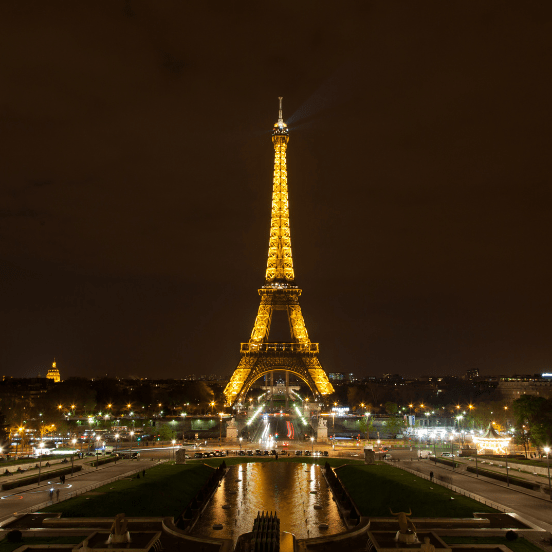
Composition
Composition plays a vital role in night time photography. Consider the following tips:
- Find an interesting subject: Look for captivating elements such as cityscapes, landmarks, or natural features.
- Experiment with angles: Change your perspective to create unique compositions and add depth to your images.
- Incorporate foreground elements: Include objects or people in the foreground to provide context and a sense of scale.
Light and Exposure
Mastering light and exposure is crucial for Night time photography. Here are some considerations:
- Golden hour and blue hour: Make the most of these periods just before sunrise and after sunset, when the sky displays warm and cool tones, respectively.
- Use artificial light creatively: Capture the dynamic lighting effects of city streets, buildings, or illuminated objects.
- Bracketing: Take multiple shots at different exposures to ensure you capture the full range of light in a scene.
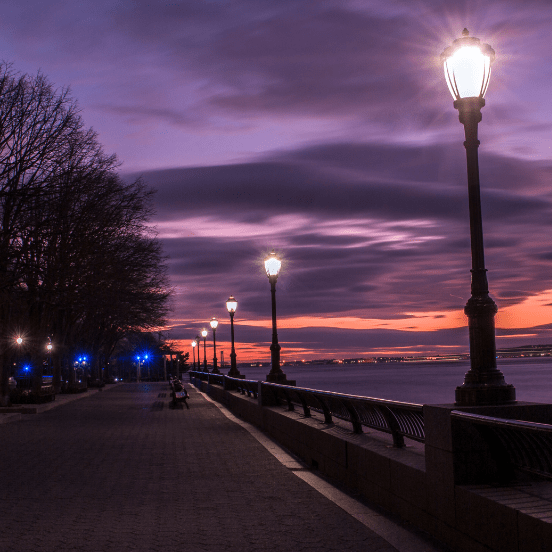
Tips and Techniques
To enhance your night photography skills, consider trying the following techniques:
- Night Photography Long Exposure: Create stunning light trails, smooth water surfaces, or capture the movement of stars by using long exposure techniques.
- Light Painting: Add an extra layer of creativity by illuminating specific subjects with a handheld light source during a long exposure.
Sky at night
- Star Trails: Capture the mesmerizing circular trails formed by the rotation of the Earth using longer exposures.
- Milky Way Photography: Venture into dark locations with minimal light pollution to capture the breathtaking beauty of the Milky Way.
Editing Night Photos
Post-processing is an integral part of night time photography. Here are some editing tips:
- Adjust exposure and contrast: Fine-tune the overall brightness and contrast of the image to bring out the details in the shadows and highlights.
- Reduce noise: Apply noise reduction techniques to minimize the digital noise that may be present in long-exposure shots.
- Enhance colors: Adjust the saturation and vibrancy of specific colors to create a visually appealing and balanced image.
- Correct white balance: Make sure the color temperature accurately represents the scene by adjusting the white balance settings.
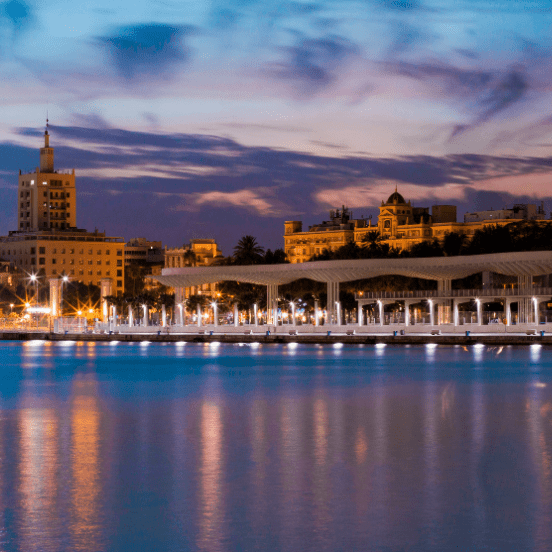
Final Thoughts
Night photography offers a realm of creative possibilities, allowing photographers to capture unique moments, stunning light, and the magic of the night sky. With the right gear, understanding of camera settings, composition techniques, and post-processing skills, you can unlock the full potential of night photography and create captivating images that leave a lasting impression.
FAQs
Q: What is the best camera for night photography?
A: Look for a camera with manual controls, good low-light performance, and the ability to shoot in RAW format.
Q: How can I capture star trails in my night photos?
A: To capture star trails, use longer exposures and a sturdy tripod to keep the camera steady during the shoot.
Q: Are there any specific editing techniques for night time photography?
A: Yes, editing techniques for Night time photography include adjusting exposure, reducing noise, enhancing colors, and correcting white balance.
Q: Can I shoot Night time photography with a smartphone?
A: While smartphones have improved low-light capabilities, dedicated cameras with manual controls generally offer better results for night time photography.
Q: What is the best time for night time photography?
A: The “golden hour” before sunrise and after sunset, as well as the “blue hour” just before sunrise and after sunset, are great times for night photography due to the soft and colorful light.
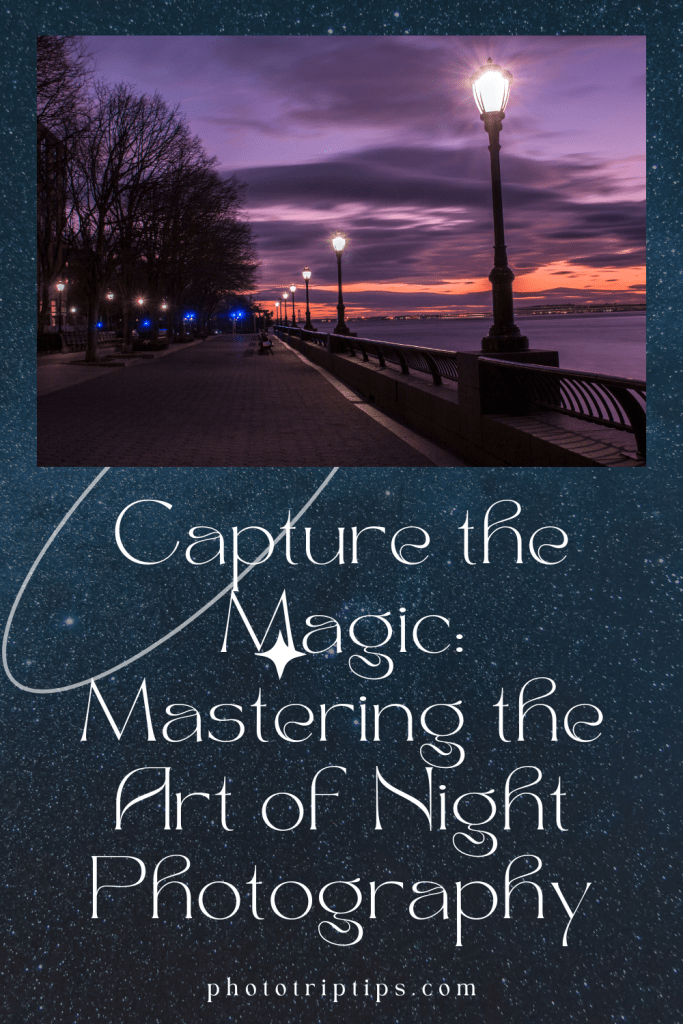

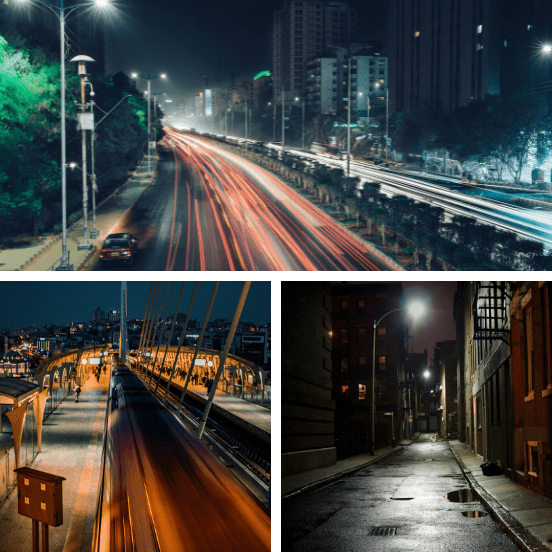
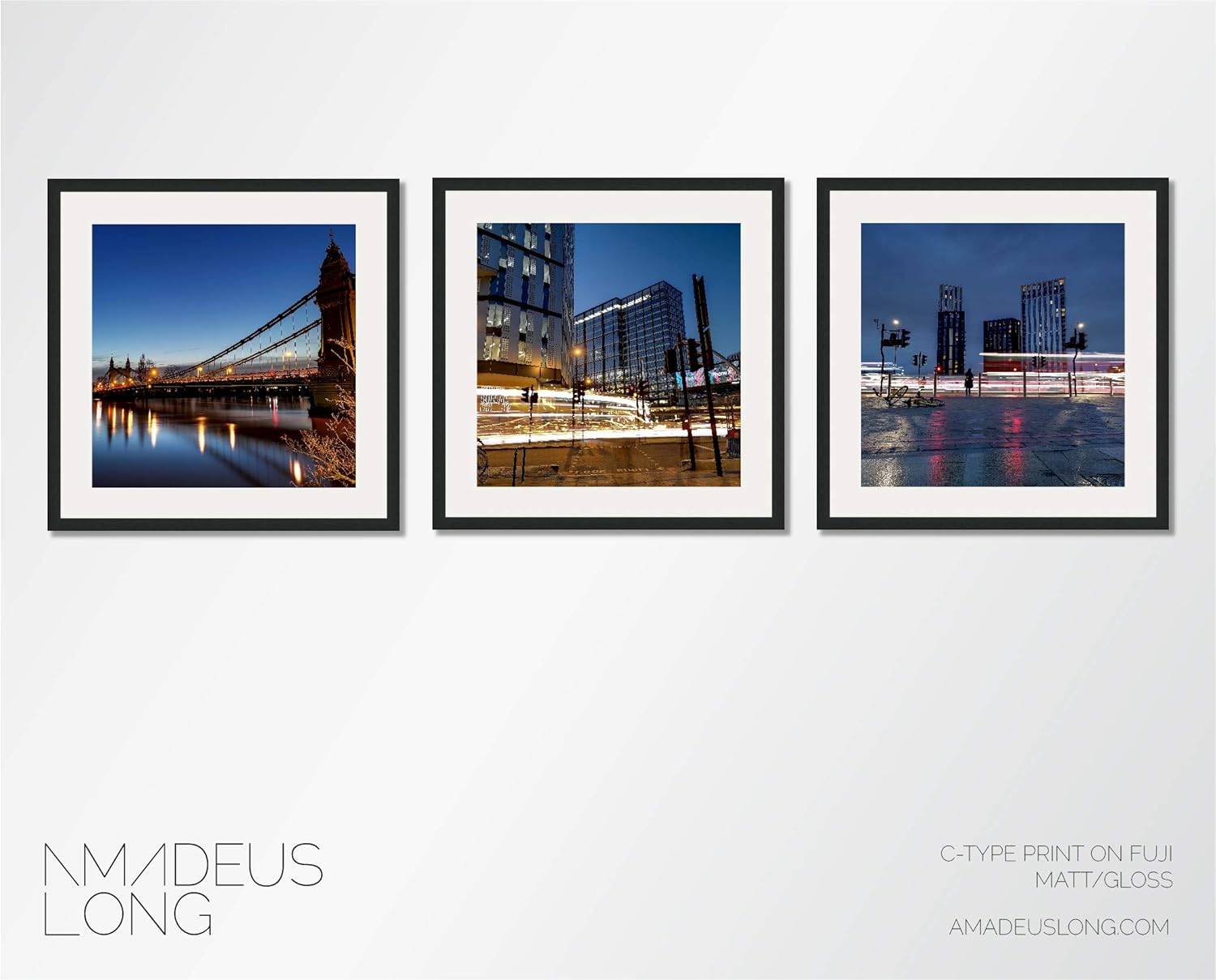

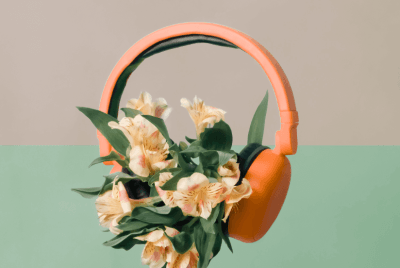

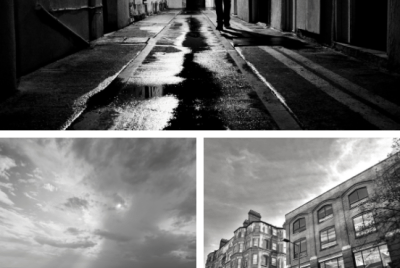

Comments are closed.